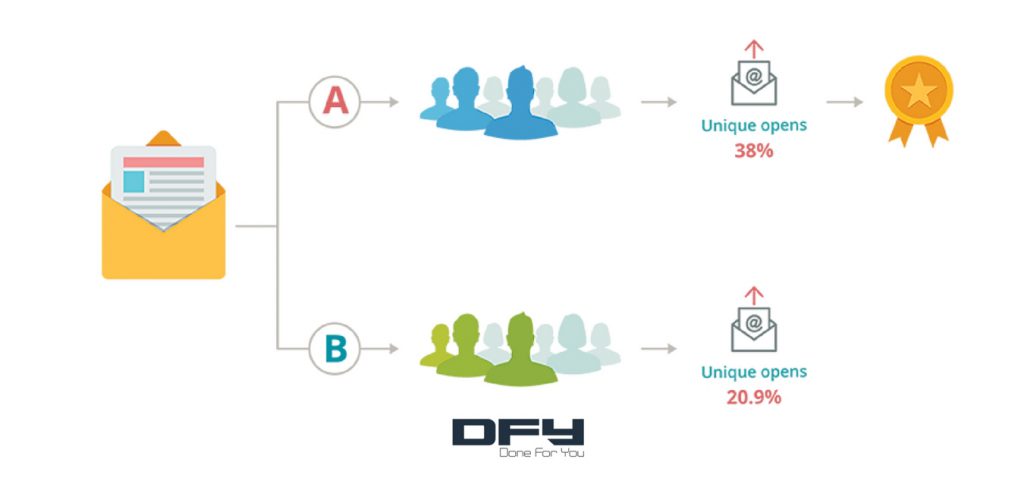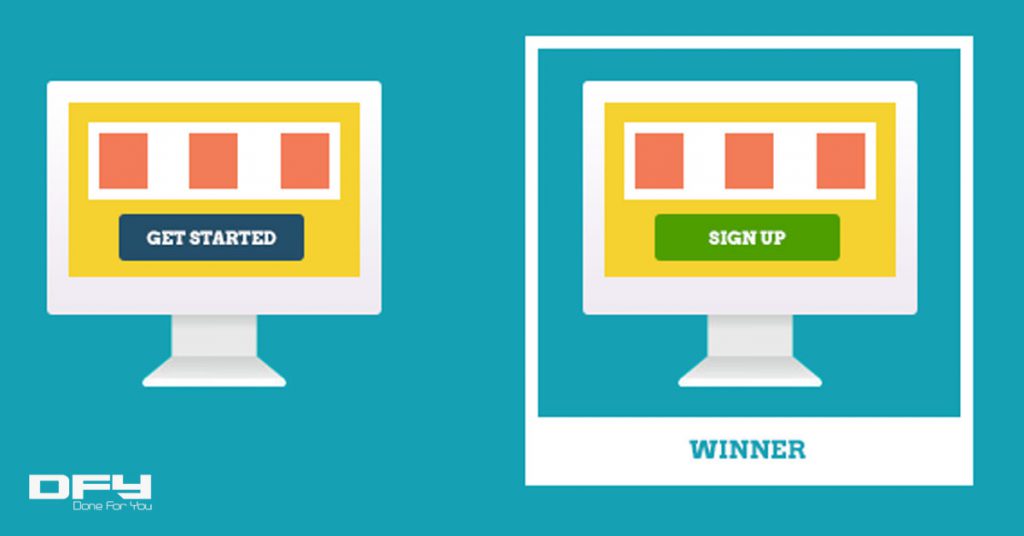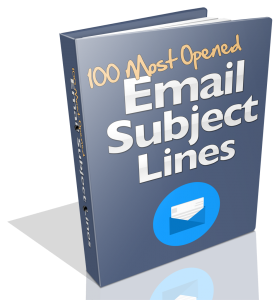A/B testing or split testing your emails is one of the best ways to acquire more revenue and engage customers from your email marketing. The way A/B tests work is quite easy to understand. You create multiple versions of the same email campaign, and then you send it out to see the overall results.
Also, the best idea is to come up only with some little changes. You don’t want those changes to be way too significant. So, things like adjusting the sending time, modifying the content a little bit or choosing the subject line can be extremely important and valuable for the A/B test.
Why do you need email A/B testing?

The reason is simple; you just can’t know how your audience will react to your campaign.
Sure, you can conduct a few studies beforehand, but the idea is still the same, results can vary. The only way to get amazing results is to opt for A/B testing.
As you can imagine, no two A/B tests are equal. Some of them are more comprehensive; others tend to be lengthy and so on. There’s no need to create multiple A/B tests that are identical to one another.
The idea is to come up with various types of tests that will make it clear how customers react and what they expect from you.
Identify the campaign goal.

Each campaign type will come with some unique requirements and benefits. Some of these campaigns are focused specifically on driving traffic to your site, in which case you have to focus on clicks. With some campaigns we want to accomplish a higher open rate, while with others we want to focus on generating direct sales.
The waiting time can differ based on each one of the winning metrics you want to focus on. According to MailChimp, the best waiting time for around 80% accuracy in the case of clicks is around 1 hour. For opens is 2 hours and for revenue focused emails is 12 hours.
But that doesn’t mean it will be the ultimate waiting time. Each business has a variety of clients. They pertain to various industries, work at different times and don’t care about being online all the time. In this case, you have to figure out what campaign goal works for you and how you need to adapt it based on the company specifics.
Also, some CEOs who focus on revenue and don’t care about testing will just use software to define this. And while A/B Testing software is pretty good, it can’t bring you the desired results. That’s why you need to put your knowledge and attention to work. Fulfilling this will be quite a challenge for a lot of people, but then again it will also be worth it.
Is a higher waiting time the best option?
It comes down to what metric you are focused on. But yes, if you wait a bit more, you may be able to get information that is a bit more comprehensive. A lot more people will open up the email, which means you have more accuracy and data to go through.
On the other hand, you don’t want the A/B Testing to last for a very long time. This is a test, not a full-fledged campaign. So, the focus has to be on identifying metrics as quickly as possible. Then, you will adjust the campaign and see which one works for you.
Criteria you have to focus on for A/B testing.

First, you need to take into account the size of that sample and the representativeness of it. Then you have the test period and the devices that you are testing. You also need to consider things like the statistical confidence level of that sample too.
The confidence level shows how certain readers are when they act on your desired system. The sample size is all about seeing how much the conversion rate will be affected based on the sample size, baseline conversion rate, and the detectable effects.
Business representativeness includes things like traffic sources and business cycles too, among others. The devices used for that test and timing can also be an important factor that you need to take into consideration. Again, patience is key, so you have to consider that.
Understanding the A/B test hypotheses.
You have two components here, the null hypothesis and the alternate hypothesis. The null one states the status quo so that you will get a null result. The alternate one is designed to challenge the null hypothesis, and it will show if there are variations and if those particular variations will bring in a much better conversion rate when compared to the original.
Here you have to take into account things like the P-Value, which is a statistical measure designed to figure out if the null hypothesis is correct or not. In case this P-Value is less than .05 or equal to that shows that the results shouldn’t be dismissed due to sampling error.
So, how much time should you wait?

That’s up to the type of metric you follow. Ideally, you should wait at least two hours if you want to find the right campaign for opens, one hour for finding out the winning idea when it comes to targeting clicks and twelve hours if you want to see which one delivers the utmost revenue.
The idea here is to be fair and to bring in front a great, professional approach. Who knows, maybe the A/B test that you don’t trust will end up being the winner. That’s why A/B test exists, to show you facts and to bring you a great insight into the reality of your customer’s needs and choices.
Set up your A/B test and then try to experiment as much as possible.
Trying out various ideas and approaches will work well here. Don’t rush, instead take your time and you will be quite impressed with the unique range of benefits that would be delivered. Once you have all the metrics in place, identify which ones work best for you.
Of course, you can try to pick two of the best tests and then run them again. You should always try to opt for A/B testing, as it’s quite helpful for your business and it does offer a lot of important information for your business!
For the highest-converting email subject lines...
Download a free copy of the "100 most opened email subject lines" here!
We have done the hard work on improving your open rate and email marketing effectiveness.
